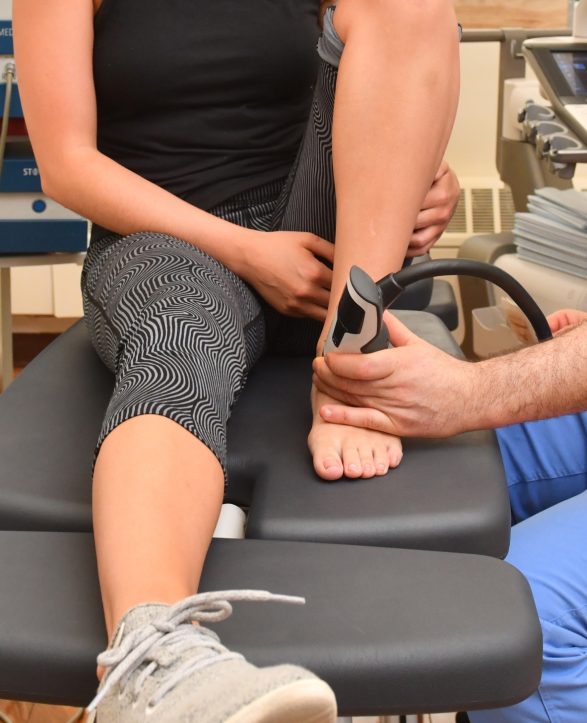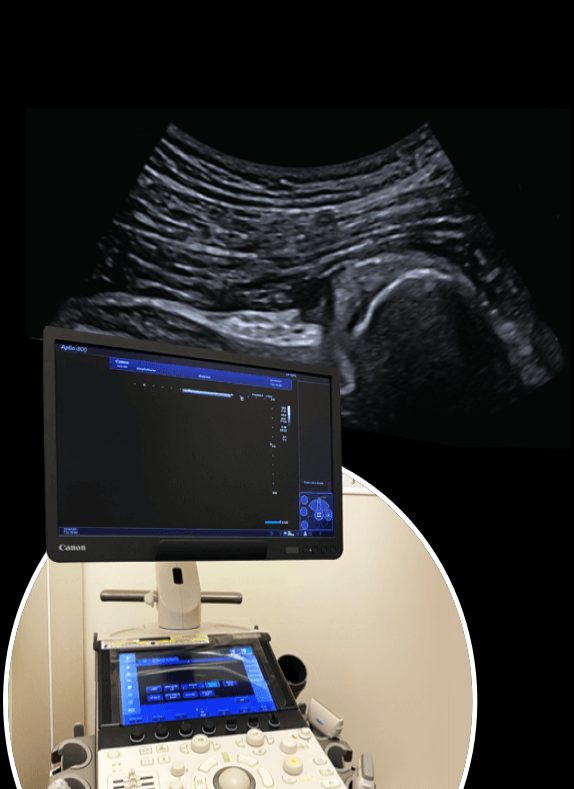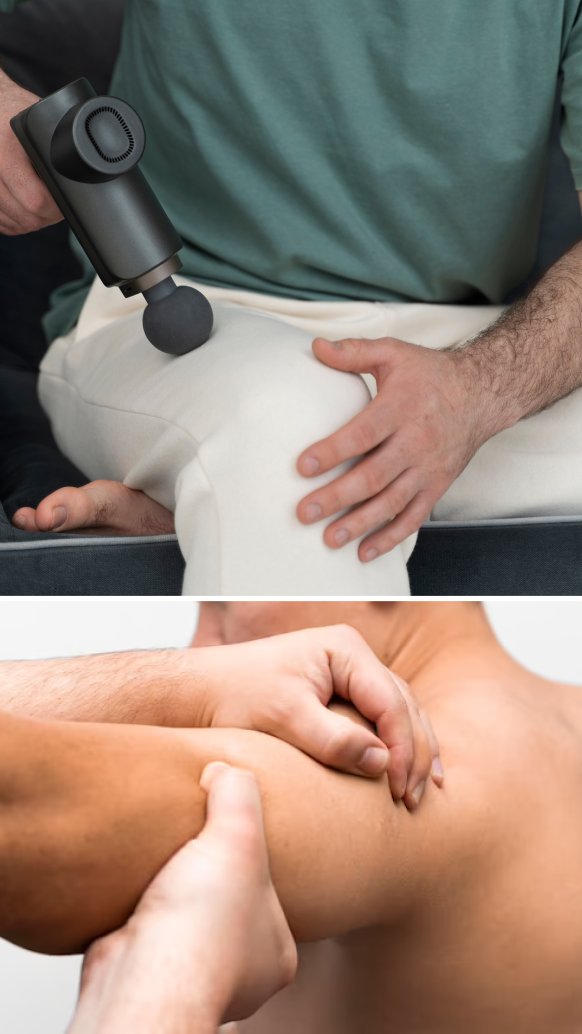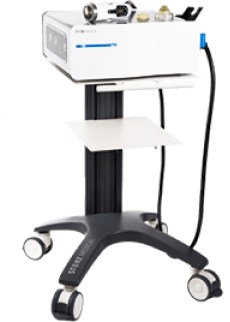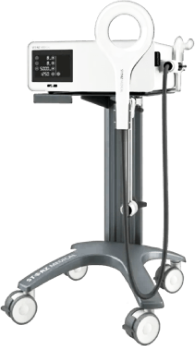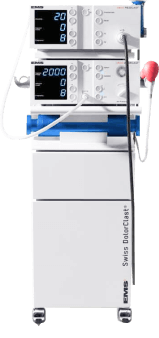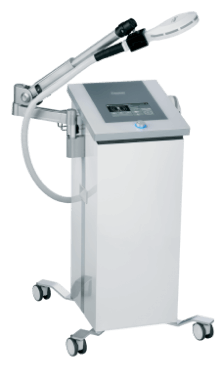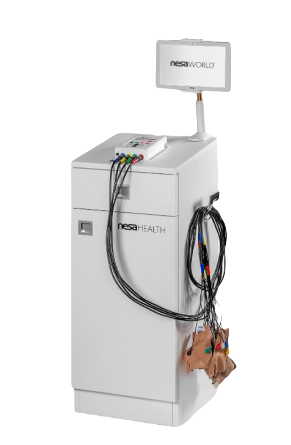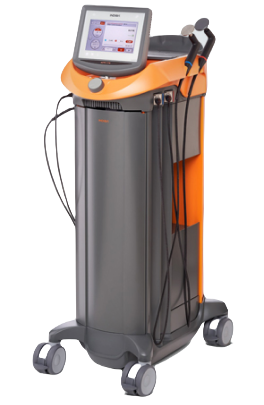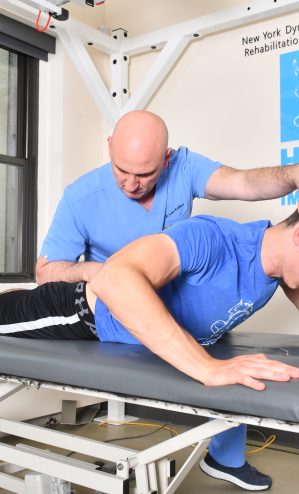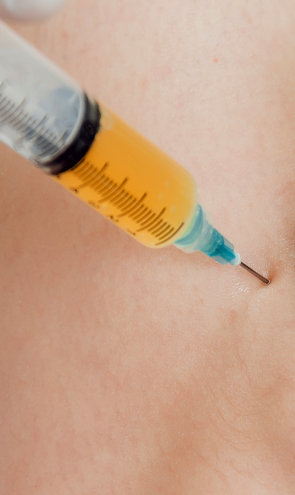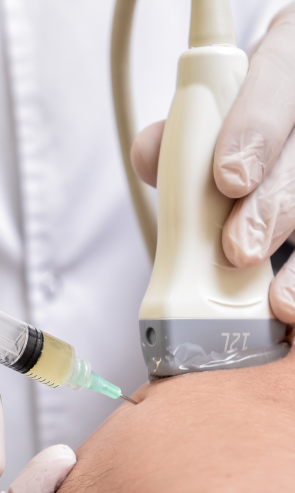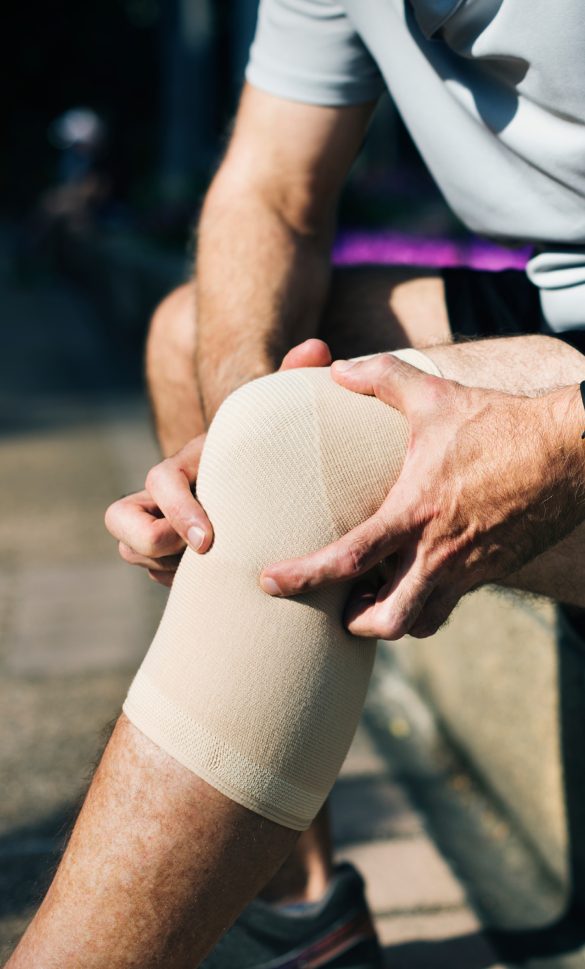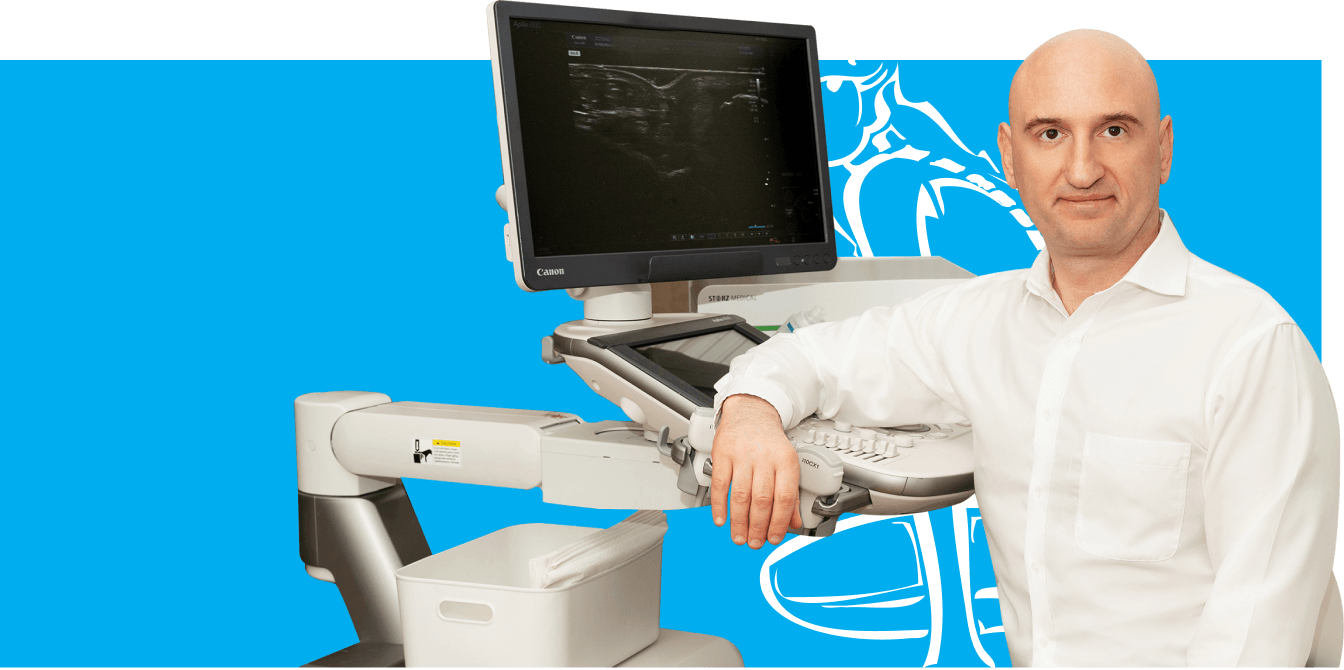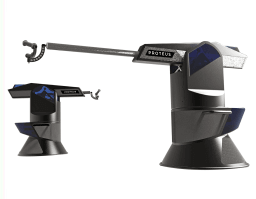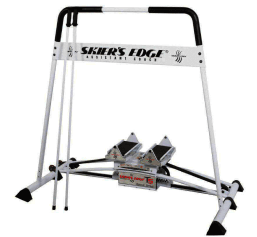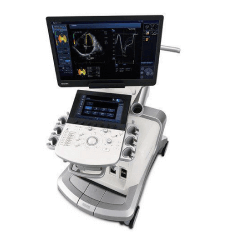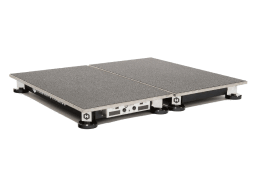Accurate Diagnosis is Essential to Effective Treatment
Repetitive strain injuries often involve muscles, nerves and connective tissues, creating a complex condition that needs a multi-faceted treatment approach. At NYDNRehab, we use high-resolution diagnostic ultrasound imaging to visualize the structures in the affected area in real time. But we don’t stop there.
Repetitive strain injuries often affect, and are affected by, structures in other areas of the body. We look beyond the locus of pain to detect habitual posture issues or suboptimal movement patterns that contribute to your pain and disability.
Our advanced equipment gives us capabilities for sonoelastography and superb microvascular imaging, technologies used to identify and measure your response to treatment. Our human movement lab is equipped with cameras, force plates and advanced computer technology, to evaluate and measure movement quality.



